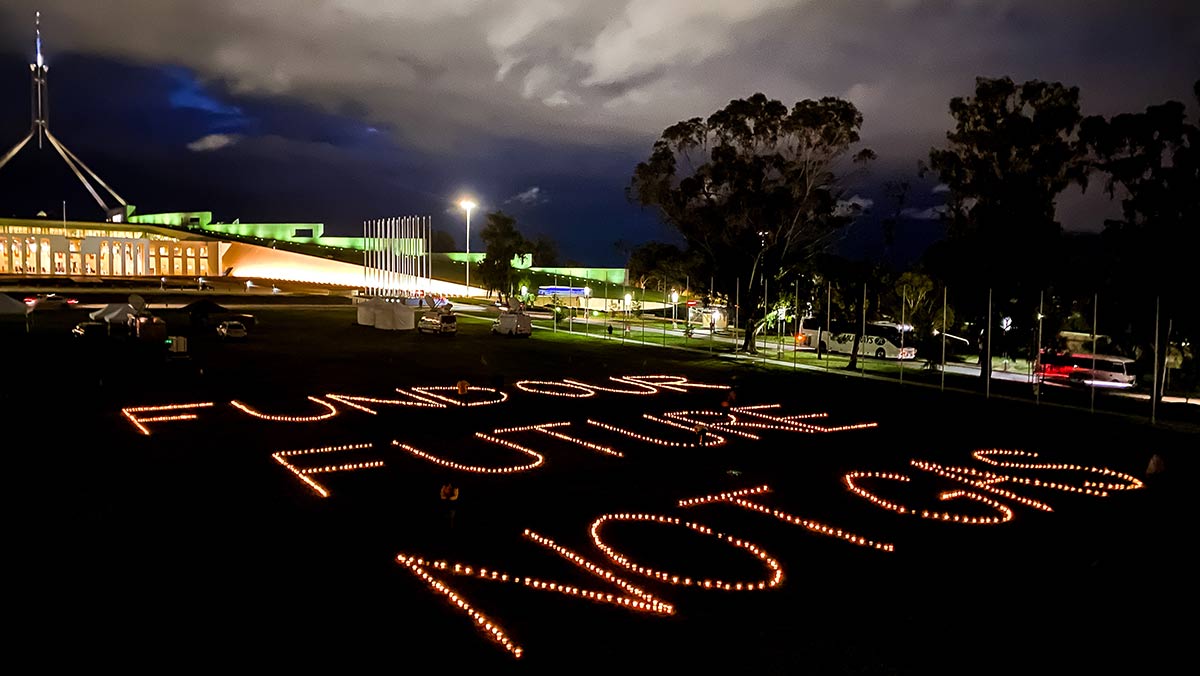A new report has found that net zero investments in Australia have made “encouraging progress”, but more needs to be done if the country is to hit its 2030 decarbonisation milestones.
The report, The State of Net Zero Investment, is an initiative from the Investor Group on Climate Change (IGCC).
The IGCC surveyed institutional investors across Australia including superannuation funds, sovereign wealth funds, and asset managers regarding net-zero aligned investing.
Responses were tabled from 25 asset owners and 28 asset managers totalling $2.1 trillion assets under management (AUM) – covering approximately 60% of the total AUM in the country.
Some results were promising: the report found that 70% of respondents had now set net zero targets for 2050, with 57% setting targets across their whole portfolio (up from 41% in 2021). A further 23% were considering setting 2050 targets.

A relatively smaller percentage, 35%, had set decarbonisation milestones for 2030, and 21% had set targets for capital deployment into renewable solutions, such as renewable energy and clean transport. The figures, while an improvement on previous years, are not considered sufficient to achieve the goals of the Paris Agreement.
Most investors (77%) had some form of climate policy, with 76% having some form of fossil fuel exclusion within their portfolios. Of those who had fossil fuel exclusions, 88% excluded thermal coal, 47% excluded conventional oil and gas, and 35% excluded metallurgical coal.
Around a third of investors already had published climate action plans, with another 38% actively considering implementing such a plan.
The survey also assessed respondents on their approach to physical climate risk, finding that 22% of respondents had assessed physical climate risk across their whole portfolio, but just 9% had implemented a response to their physical risk exposure.
IGCC believes those figures are set to change, given the severity of projected climate impacts into the future based on current trajectories.
The report also assessed asset owners’ expectations on deploying capital towards climate solutions, finding that 82% included Australia as a market where they expect to invest in climate solutions, whereas 67% included North America in that remit, and just 33% included Asia.
Crucially, investors noted that improved policy including more investment opportunities and a 1.5°C aligned national emissions target would encourage them to invest further in Australia-based climate solutions.
IGCC CEO Rebecca Mikula-Wright says the report shows promise, but that investments are still falling short of what is needed to limit global warming to a safe level.
“Each year investors are making more progress, but we know that acceleration is crucial for meeting climate goals, and serving their beneficiaries,” she said.
It’s important to note, however, that many of the survey respondents were IGCC members, meaning they were likely more engaged with climate risks and opportunities than Australia’s total investment industry.
Nonetheless, Mikula-Wright says the landscape is changing, with increasing opportunities for investors to push for net zero solutions.
“The good news is that there are now excellent tools and collaborative initiatives that investors can and must use to move faster than ever before,” she said.
“Helping investors set and reach 2030 milestones is core to IGCC’s work, as is building resilience to the physical risks from climate change.”










